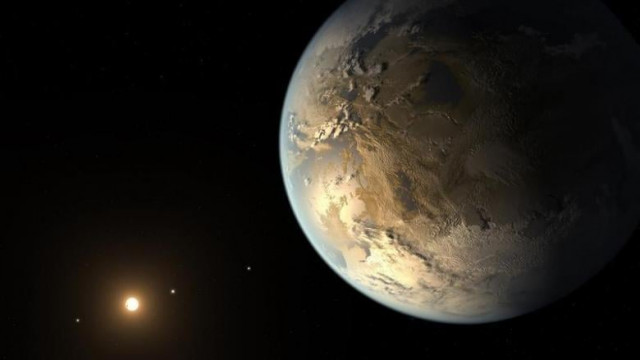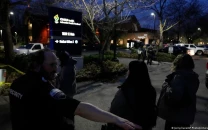Why half the world will have to endure 2016 for an extra moment
There have been 26 leap seconds since 1972

Kepler-186f, the first validated Earth-size planet to orbit a distant star in the habitable zone?a range of distance from a star where liquid water might pool on the planet's surface, is seen in a NASA artist's concept released April 17, 2014. REUTERS/NASA/JPL-Caltech/Handout
In Pakistan this means that a second after 4:59:59am on January 1, the clock will read 59:60 before moving on to 5:00:00am. This is because of what is called the ‘leap second.’
Earth sees hottest year-to-date in modern era: US
A leap second, applied to Coordinated Universal Time (UTC) adjusts the time to match the mean solar time, which is based on the position of the sun in the sky. This is done to ensure that time calculated by Earth’s rotation does not drift away from atomic time due to irregularities in the Earth’s rate of rotation.
Our planet’s orbit around the sun is not actually a perfect circle – it’s more like an ellipse and the Earth does not maintain its constant speed at a perfect rate every day. For this reason, a leap second is applied to adjust time.
In pictures: ‘Supermoon’ to grace Earth’s skies
But because leap seconds are applied at the exact same time around the world, it means that anyone in the UTC±00:00 time zone or west of it—the Western Hemisphere—will have one extra second in 2016. Islamabad, Paris, Moscow, Tokyo, and most of the Eastern Hemisphere, on the other hand, will have one extra second in 2017. There have been 26 leap seconds since 1972.
This article originally appeared on Quartz.



1724148693-0/BeFunky-collage]_____-(24)1724148693-0-208x130.webp)















COMMENTS
Comments are moderated and generally will be posted if they are on-topic and not abusive.
For more information, please see our Comments FAQ